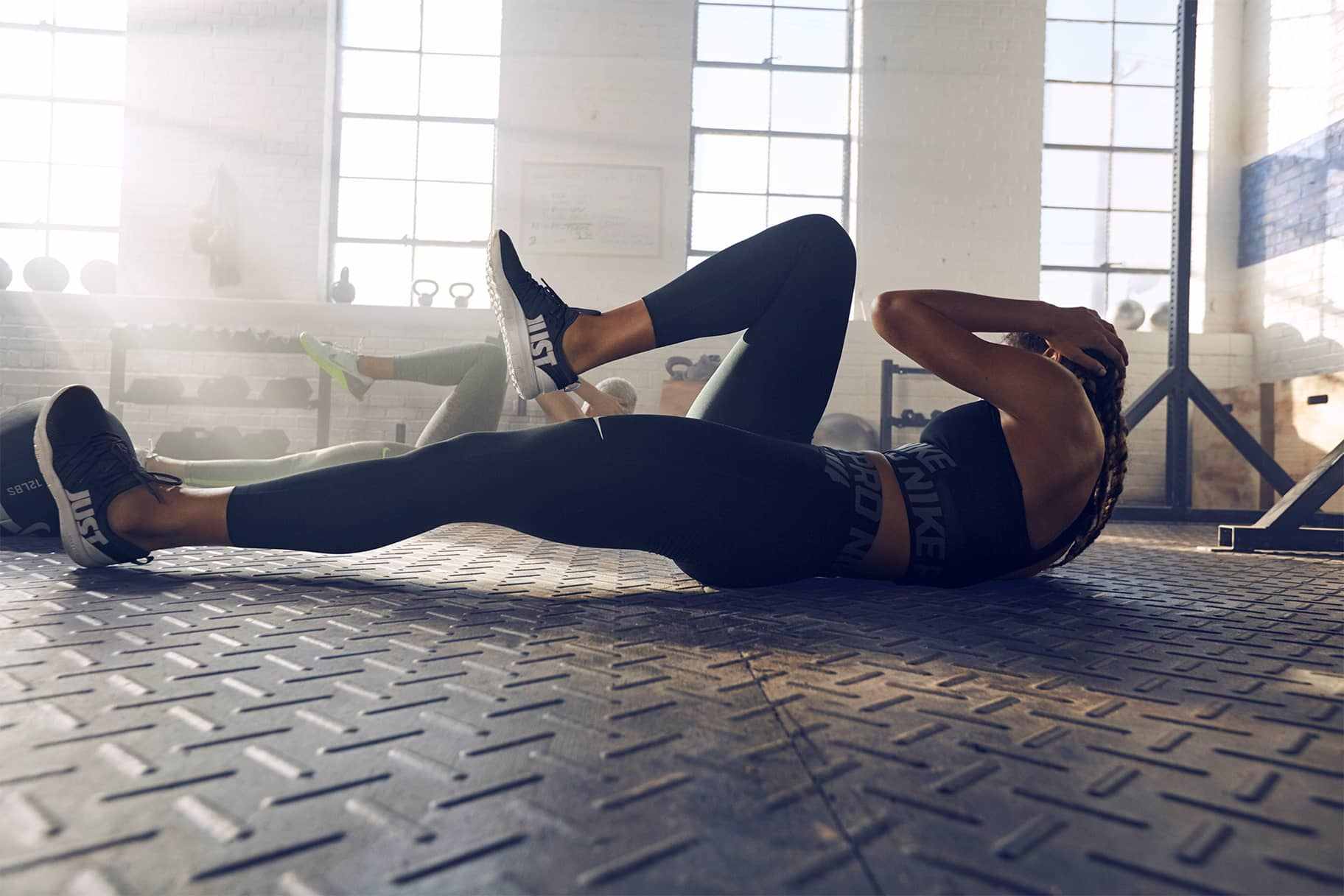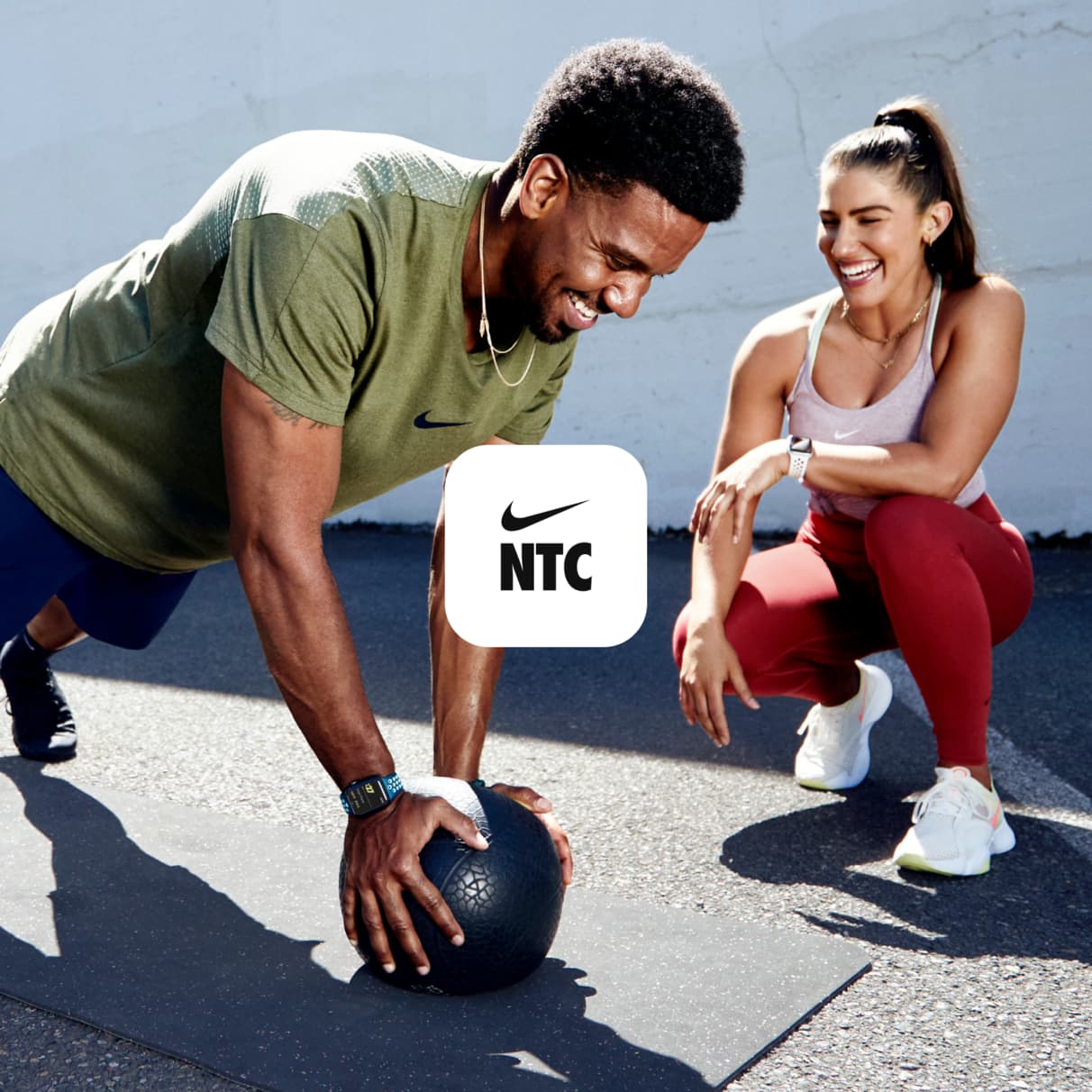What Muscles Do Sit-Ups and Crunches Work?
Sports & Activity
Here’s everything you need to know about abdominal anatomy and how to target those specific muscles to get the results you want to see.

If you want a stronger core, there are countless ab exercises you can choose from. Sit-ups and crunches are two of the most popular, likely because they’re relatively easy to do and don’t require any special equipment.
But are they effective? Find out which abdominal muscles are worked when you do sit-ups and crunches and learn different ways to make them more effective.
Abdominal Muscle Anatomy
Before identifying the muscles used in different abdominal exercises, it can be helpful to understand basic abdominal anatomy. There are four primary muscles that make up the abdominal wall:
The rectus abdominis runs vertically down the middle of your torso from the lower half of your rib cage to your pelvis. Its main functions include flexion (bending forward), lateral flexion (leaning to the side), and rotation of the spine.
The external obliques are large muscles that run from the outer surface of your ribcage to the midline of your torso in a slight V-shape. The external oblique muscles are responsible for lateral flexion and rotation of the spine.
The internal oblique muscle is deeper than the external oblique and is another broad, thin muscle that extends along your torso. Together with the external oblique muscles, they make up the middle layer of your abdominal wall and are active during spinal lateral flexion and rotation.
The transverse abdominis makes up the deepest layer of your abdominal wall. This corset-like muscle supports your organs and is active when you brace your core (think: you’re about to get punched in the stomach).
In addition to the abdominal wall, there are other muscles in your torso commonly referred to as your core. Your core muscles help stabilize and balance your body during daily activities and athletic events, like running.
In addition to abdominal muscles, primary core muscles include the pelvic floor, the erector spinae and multifidus (which run along your spine), and your diaphragm. Some exercise physiologists also include your back, chest, glutes, and hip flexors in the core.
Muscles Activated During Crunches vs. Sit-Ups
Crunches and sit-ups are similar movements that activate similar muscles. But there are slight differences. Variations of each exercise change the muscles that are used.
1.Sit-ups

Muscles activated:
- Rectus abdominis
- Internal and external obliques
- Transverse abdominis
- Hip flexors (iliopsoas and rectus femoris)
How to do sit-ups:
- Start lying on your back on the floor or a mat.
- Bend your knees so that your feet are resting flat on the floor.
- Gently rest the tips of your fingers on your head behind your ears, elbows flaring out to the side.
- Curl your torso up until your chest lifts off the floor.
- Continue lifting, folding at the hips, until your torso is upright and close to your knees.
- Reverse the process and slowly bring your torso back to the ground.
- Repeat.
Variations: To take some of the workload off the hip flexors and shift it to the abdominal muscles make sure your feet aren’t restrained. Don’t tuck your toes under a bar or bench and don’t have someone hold them down. But even with your feet unrestrained, you need to keep your feet anchored to the floor as you lift the torso off the ground.
You can also engage the obliques with more intensity during a sit-up by adding torso rotation. These are often called oblique sit-ups. As you lift your upper body off the floor, rotate your torso to one side so that the elbow reaches toward the opposite knee. Alternate sides or do equal reps on each side so that you work both sides equally.
2.Crunches

Muscles activated
- Rectus abdominis
- Internal and external obliques
How to do crunches:
- Start lying on your back on a mat with your knees bent and feet flat on the floor.
- Gently rest the tips of your fingers on your head behind your ears, elbows flaring out to the sides.
- Curl the torso up and toward your knees, stopping when the middle of your back begins to lift off the floor.
- Slowly lower the torso back to the mat and repeat.
Variations: With your body on an unstable surface (like a stability ball) you must brace through the transverse abdominus to stay balanced. A 2014 study from the American Council on Exercise found that this variation was one of the most effective ab exercises, even when compared to sit-ups, bicycle crunches, and other ab exercises that involve equipment.
FAQs about ab exercises
If I do ab exercises regularly, will I get six-pack abs?
Unfortunately, ab exercises alone are not likely to sculpt a six-pack. In fact, a 2011 study in the Journal of Strength and Conditioning Research found that six weeks of abdominal exercise training was effective for improving muscular endurance, but was not effective for reducing belly fat.
If you have a layer of fat on top of your abdominal muscles (which is healthy!) you won’t achieve that six-pack appearance. If that’s something you’re going for, you’ll want to adjust your diet and add cardio to lower your overall body-fat percentage.
Are there other exercises that work my abs?
Yes! One of the most popular alternatives to sit-ups and crunches is the plank exercise.
This exercise is preferred by many because it engages those core abdominal muscles (especially the transverse abdominis) as well as supplemental core muscles like the erector spinae and even the glutes.
To perform this move, you start lying on your stomach on the floor or a mat. Then, lift your body off the mat so that you’re balancing on your bent forearms and toes. Hold this position, maintaining a straight body line from head to hips to heels.
Can anyone do crunches and sit-ups?
Full sit-ups aren’t recommended for those who have back issues. Instead, choose a crunch variation to reduce the impact on your spine. If you have hip or back issues, be sure to work with a personal trainer to develop a core training program to reduce discomfort and limit your risk of injury.
